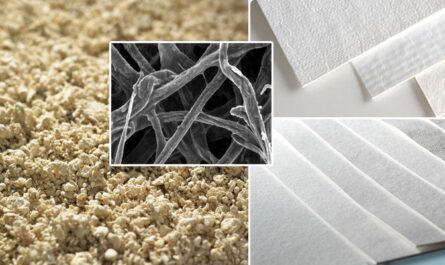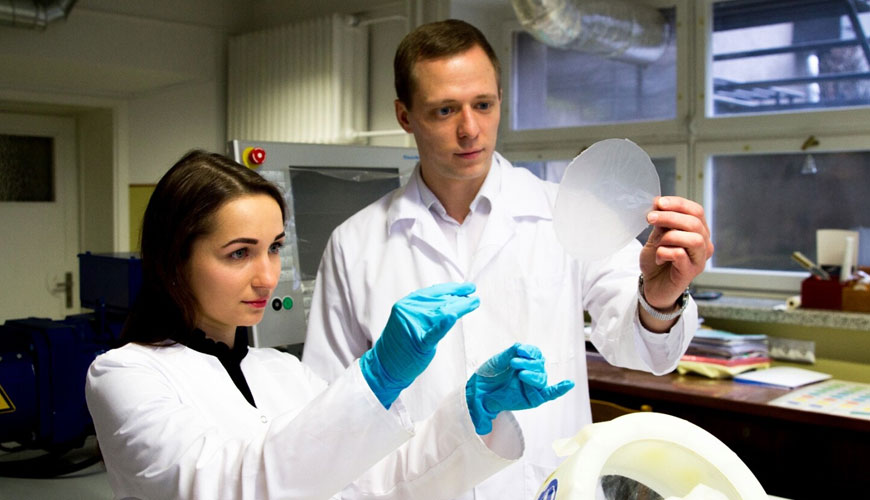Plastic water bottles have become ubiquitous in our daily lives. Polyethylene terephthalate, commonly known as PET, is the plastic resin of choice for water and soda bottles due to its lightweight and shatter-resistant properties. PET bottles have surged in popularity over the past few decades and now dominate the global bottled beverage market. This article examines the rise of PET bottles and their environmental impact.
Early Beginnings of PET Bottles
In 1973, Nestle was the first major company to market water in PET bottles. This was a major shift as water was traditionally packaged in glass. PET bottles offered advantages over glass such as lighter weight, impact resistance and cheaper manufacturing costs.
Through the 1980s and 90s, PET bottle usage steadily grew as consumers embraced the convenience of bottled beverages. Major beverage makers started transitioning their soda brands from glass to PET to reduce costs. At the same time, consumption of bottled water skyrocketed due to concerns over water quality from municipal taps. PET filled the demand as a cost-effective packaging solution for the emerging bottled water industry.
Dominance in the 2000s
PET bottles completely dominated the 2000s, enjoying exponential growth rates. Several key factors contributed to PET’s ascendance during this period:
Cost Savings for Producers – PET resin is significantly cheaper than glass and yielded even greater cost savings at scale for beverage conglomerates. Lower production costs translated to higher profits.
Convenience for Consumers – PET bottles are lightweight and easier to transport compared to glass. Their re-sealable caps and portability fueled heavy on-the-go consumption of sodas and bottled waters.
Innovation in Bottle Design – Producers continuously innovated PET bottles to gain consumer attention. Bottle shapes, sizes and colors proliferated. Eventually bottles morphed into eye-catching designs aimed at younger audiences.
Reliance on Plastics Grows
As a result of these factors, reliance on plastics has grown massively over the past few decades. Worldwide PET bottle usage rose from under 1 million metric tons in 1990 to over 78 million metric tons in 2020 according to industry estimates. The United States alone produces over 37 billion plastic water bottles annually. PET resin production has increased almost 800% since 1980 to meet demand.
Environmental Impact of PET Waste
While offering benefits, ubiquitous PET bottles have created a detrimental environmental footprint:
Plastic Pollution Crisis – Despite recycling efforts, billions of PET bottles still end up as waste or litter annually. Non-degradable plastics persist in the environment for hundreds of years, clogging waterways and ecosystems.
Greenhouse Gas Emissions – Virgin PET resin production emits greenhouse gases. The energy required to transport, produce and recycle PET bottles further adds to carbon emissions contributing to climate change.
Toxic Leachate – When exposed to elements, PET plastic leaches chemicals like antimony, ethylene glycol and benzene which can contaminate soils and waterways posing health hazards.
Recycling Hurdles – Only 29.1% of PET bottles were recycled in the US in 2020 according to EPA data. Effective PET recycling is hindered by stringent quality standards, market forces and public confusion over labeling.
As public awareness over plastic pollution rises, environmental groups decry the unsustainable levels of PET waste. Lawmakers are pushing regulations to mandate higher recycled content and curb single-use plastics dependence. Producers counter that alternatives like aluminum come with higher carbon footprints. Finding the right balance remains complex with no easy solutions.
Future Prospects
Given robust demand and their own economic interests, producers see PET Bottles remaining entrenched for the foreseeable future. However, public sentiment may drive changes to reduce environmental impacts. Possibilities include:
– Higher Recycled Content Laws – Mandating minimum recycled PET (rPET) usage in bottle production can expand the industry recycling loop. Europe has set 50% rPET targets for 2025.
– Deposit-Return Schemes – Proven systems like in Germany incentivize bottle returns and boost recycling rates up to 98%. Legislative pushback hampers their adoption in the US.
– Alternative Materials – Sustainable alternatives like aluminum, glass, cartons are improving but still lack PET’s cost advantage. Novel plant-based bioplastics offer hope if commercially viable.
– Reduction Targets – Aggressive reuse/recycling goals and plastic production curbs proposed by the EU could usher a global tipping point away from single-use plastics.
With mounting concerns, the rise of PET bottles appears predicated on balancing corporate profits and public welfare. Crafting affordable sustainable solutions will drive continued usage versus alternatives that curb environmental fallouts. Much depends on effective policy changes and innovative business models, but PET bottles remain a global force for the coming decade at least.
Note:
1. Source: Coherent Market Insights, Public sources, Desk research
2. We have leveraged AI tools to mine information and compile it



